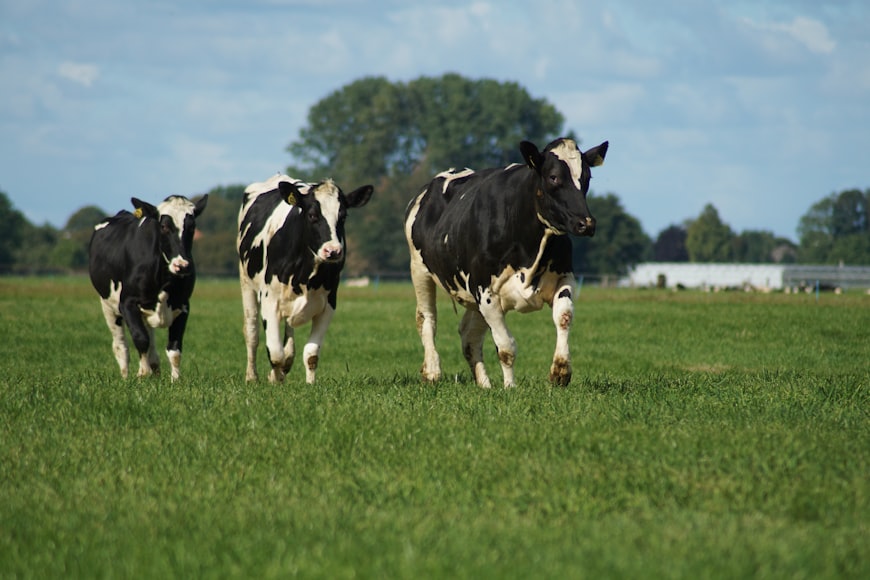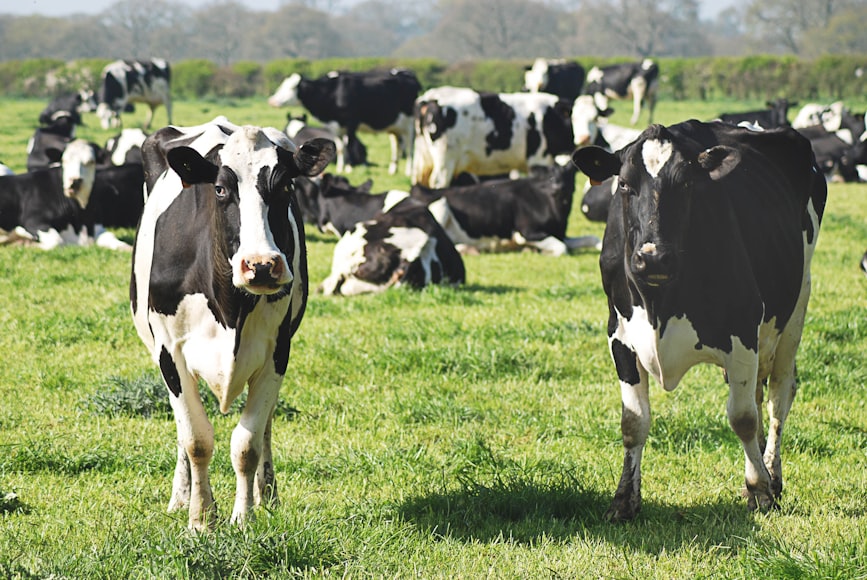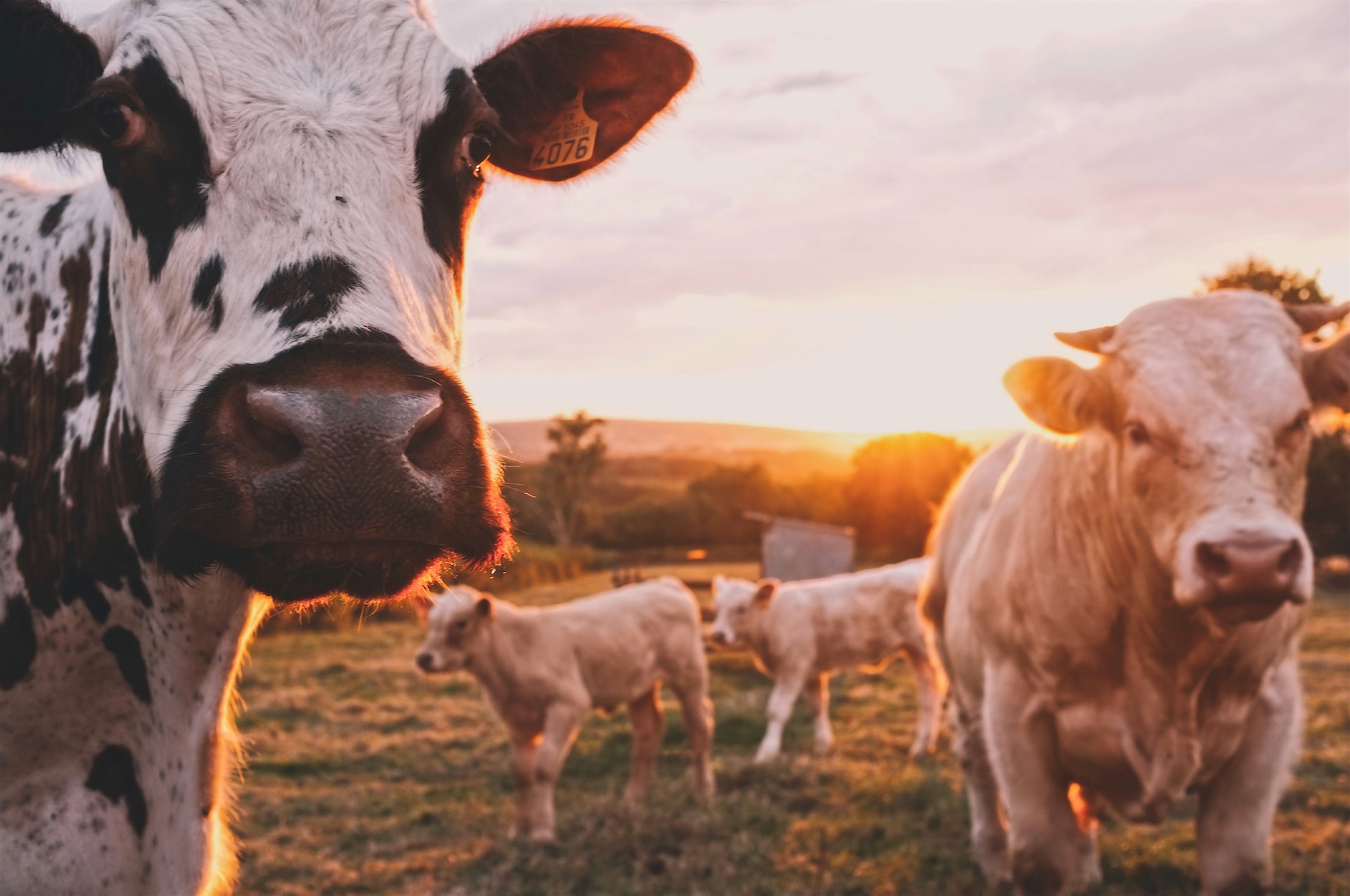Heat stress poses serious health threats to dairy cows, whose heat tolerance levels are lower than those of beef cattle. This issue affects the productivity of farms as well as the cows’ welfare and the health of consumers who eat dairy products. Although research in this area is limited, there are several ways to help you understand how heat stress affects the health and welfare of dairy cows and how to decrease the chances that your farm will experience heat stress problems with their cows.
Milk Production

During hot weather, cows can produce less milk. And when cows produce less milk, they have an increased chance of developing mastitis and lameness. Mastitis is a painful infection of the udder that can lead to a cow’s death if untreated. Lameness is a condition where one or both legs are permanently injured and makes it difficult for cows to walk and eat.
Feed Intake
Heat stress can lead to decreased feed intake, which can have a negative effect on milk production. To combat this, dairy farmers should make sure cows have access to cool water at all times and provide shade from the sun if possible. In addition, it is important for producers to keep an eye on cows for signs of heat exhaustion or stroke such as lethargy and lack of appetite.
-Cognitive Functioning: Studies show that when cows are exposed to high temperatures they display slower cognitive processing speeds than when they are exposed to low temperatures.
-Risk of Disease Spread: As temperature increases so does disease risk; therefore it is important that dairy farmers monitor their animals closely during hot weather periods.
Time In Pasture

One way farmers can keep their cows cool during the summer is by giving them access to fresh water and shade. In this blog post, we’ll explore how heat stress affects dairy cows, why it’s a problem, and what farmers are doing to combat it.
Body Condition Score (BCS)
Body Condition Score is a visual assessment of how fat or thin an animal is. The BCS scale ranges from 1-5 with 1 being emaciated and 5 being obese. In order to maintain healthy dairy cows, it is important to have a consistent BCS between 3-4. Factors that can lead to heat stress such as weather conditions, ventilation systems, feed intake, and water consumption can affect the BCS of dairy cows leading to increased instances of heat stress.
Health Issues from Heat Stress

Excessive heat is detrimental to dairy cows because it exposes them to a host of health and welfare problems. Problems such as increased risk of infections, reduced feed intake, dehydration, and impaired reproduction can all result from heat stress.
Financial Impact of High Heat on the Dairy Farm
Farms that have cows outside are more susceptible to heat stress, and it’s important for them to monitor their cows and make sure they’re comfortable. If a cow is too hot, they may be at risk of becoming dehydrated or developing an infection.
Increasing Milk Production in High Heat Conditions

To maximize milk production, dairy cows are often housed in air-conditioned barns. Yet, this type of housing can be expensive to operate and is not always possible due to factors such as temperature, power availability, and lack of infrastructure. One solution that has been used by some farms is to provide cow cooling pads that help maintain a more comfortable skin temperature for the cows during heat waves.
What Can Be Done
Dairy cows are typically kept outside during the summer months when temperatures can reach upwards of 100 degrees Fahrenheit. When cows are exposed to these high temperatures, they lose their ability to regulate their body temperature and heat stress can occur. This can lead to a variety of health issues, including respiratory disease and lameness. To protect themselves from these risks, dairy cows are given access to water and shade as well as automated sprinklers that spray cool water on them every few minutes.

